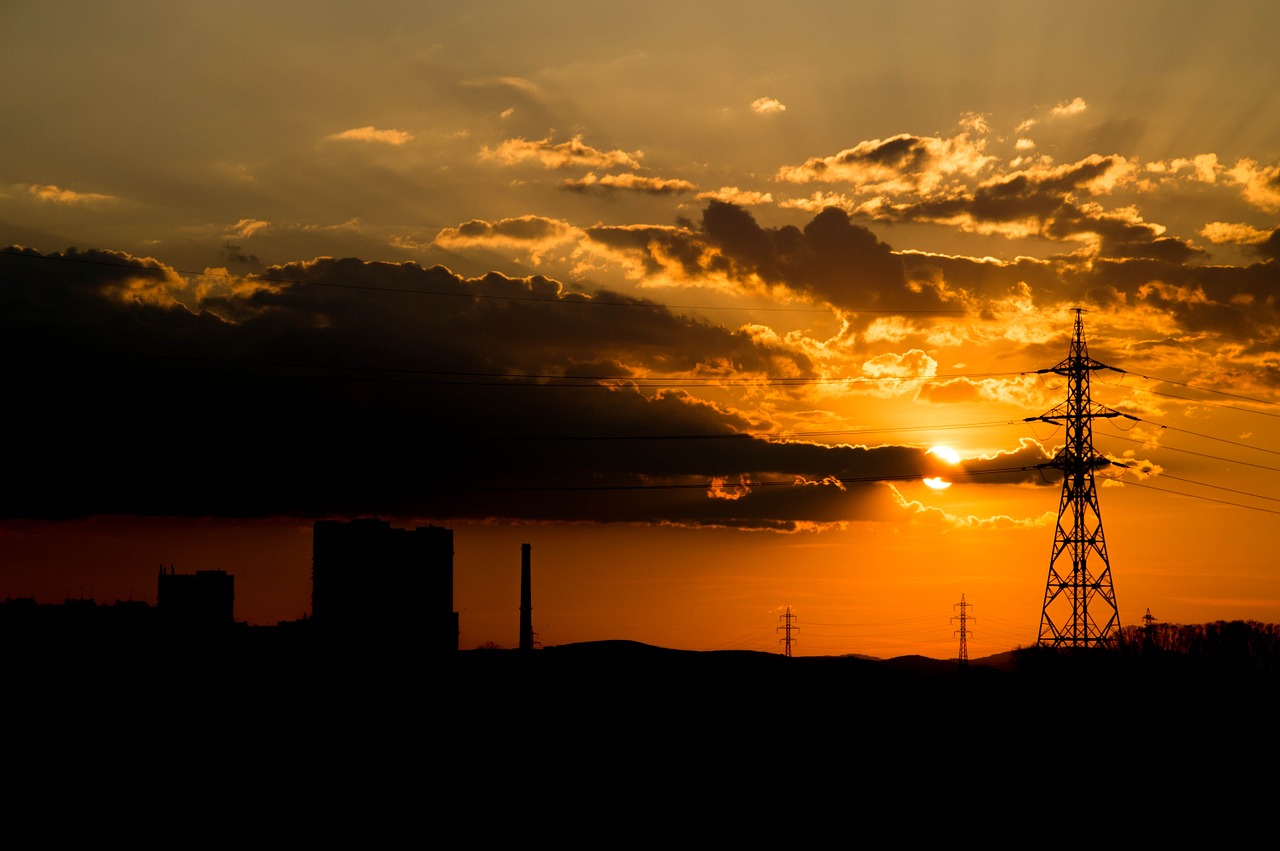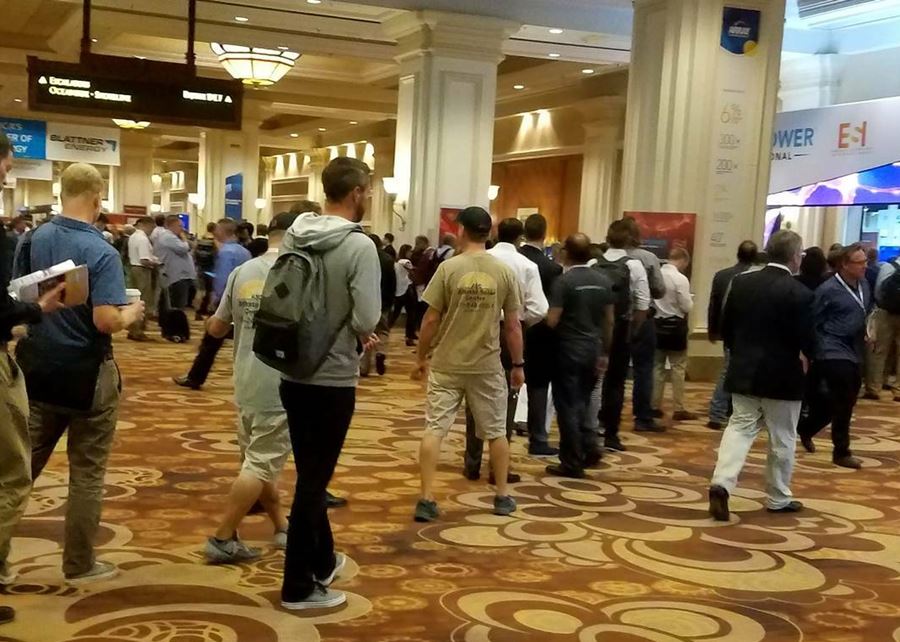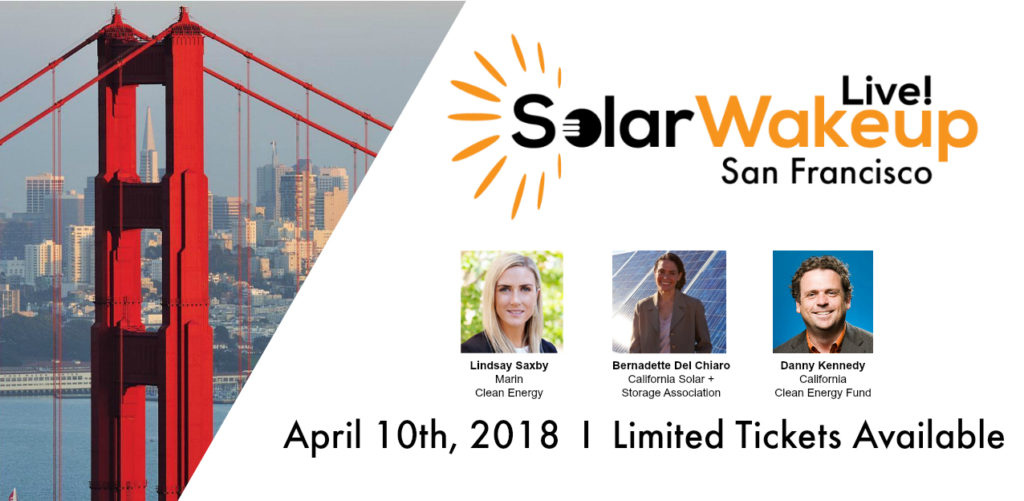By Tony Clifford, CDO of Standard Solar
As a general rule, it doesn’t hurt to be right—but when it comes to the devastating effects the Section 201 solar tariffs are having on the industry, I wish I’d been wrong.
Last year, two foreign-owned companies held the U.S. solar industry hostage to their own selfish needs, and 9,800 people lost their jobs in 2017 alone. And I have to be blunt: 2018 has not gotten off to any better start.
I’ve heard some so-called industry “experts” suggest the tariffs are having the desired effect, i.e. that solar manufacturing jobs are coming back to the United States. They point to a handful of companies that say they’re expanding their module factories and one new factory planned in Jacksonville, Florida, as evidence.
But as one industry commentator pointed out, the number of jobs gained in the expansions are nowhere near what they’d need to be to make up for the losses. And those who were counting on the Jacksonville factory to make up the difference…well, I’ve got some bad news for you.
The number of jobs that factory is now supposed to be half of what the company had originally pledged (400 vs. 800), and the financial investment isn’t anywhere near the amount of money originally envisioned.
Meanwhile, elsewhere in the industry, jobs are still being lost. So far this year, we’ve seen some installation companies laying off employees by the hundreds, and one major racking manufacturer is closing its U.S. operations (in that case, the tariffs were just the fatal blow to a company already suffering from other financial strains, but without the tariffs, I believe they might have survived).
And here’s the infuriating irony: Those two foreign-owned firms for whom the entire industry held its collective breath as their trade complaint made its way through the process, ostensibly so those two companies could survive and advance?
One company was recently purchased by its well-capitalized competitor, and the other—about which I warned you innumerable times last year—is being sold off for parts (literally) by its rapacious largest creditor.
So one wonders if there might have been ulterior motives there after all. Personally, I think the trade complaint was filed primarily to boost valuations for both of the companies in question. As a result, the executives at both may walk away with impressive golden parachutes while the remains of those companies burn to ashes.
Oh, and by the way, no new jobs will be created at either (though in the one case, the sale might mean the 300 employees at its manufacturing plant might keep their jobs so, you know, small victories and all that).
All of this is to say that when I called last year’s trade complaint destructive and devastating, I wasn’t kidding. And though I currently look like some sort of doomsday Nostradamus, there is possibly light at the end of the tunnel—a national bill to remove the tariffs is currently pending before Congress. But it’s something that’s going to take all of us fighting as hard as we ever have to bring that light to the industry.
Fortunately, the solar industry has been in fights like this before and won, so I have no doubt we can win this one, too. It’s time to pick up the phone and start making calls—the battle is too important to your livelihoods to stand idly by and do nothing.




